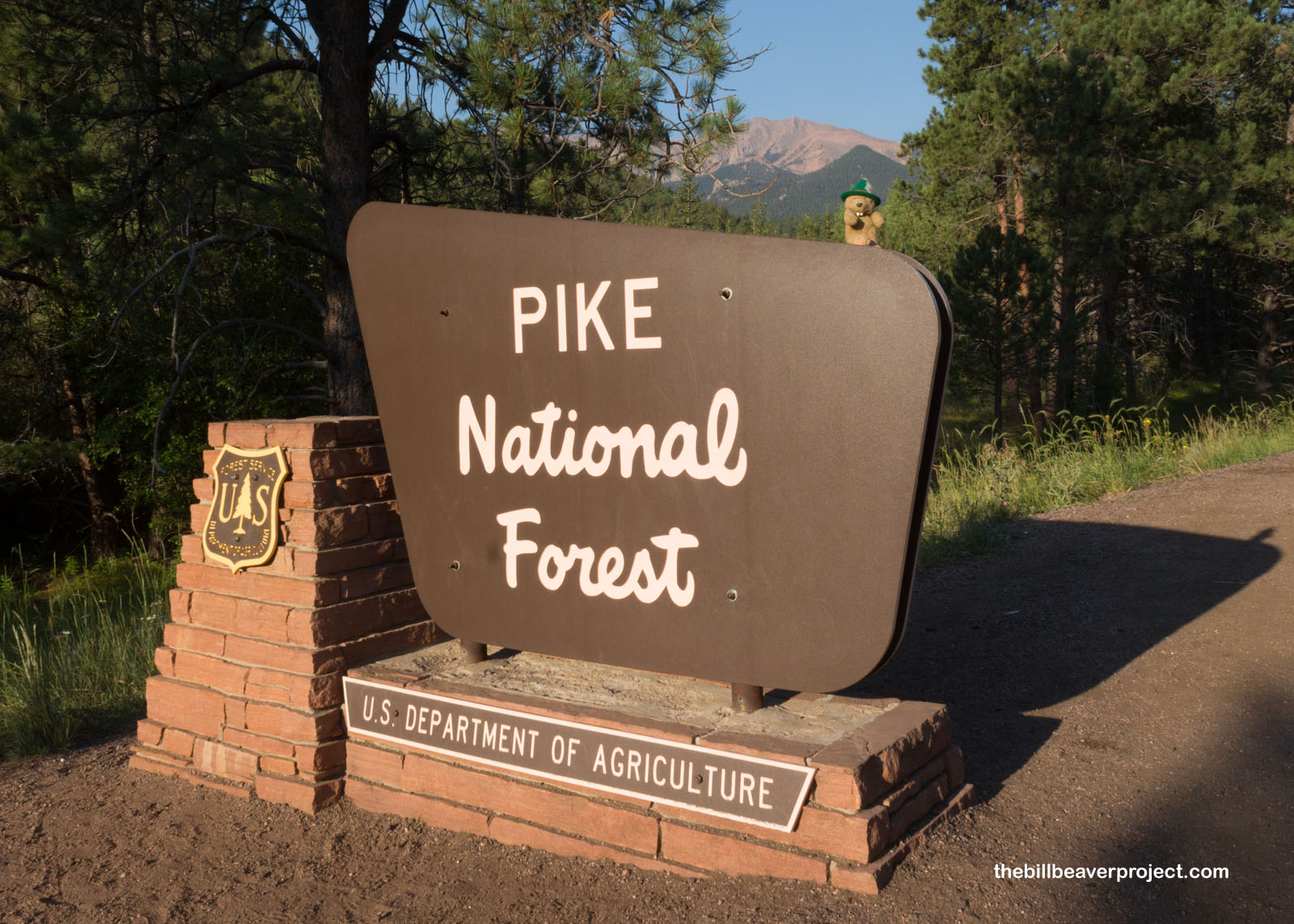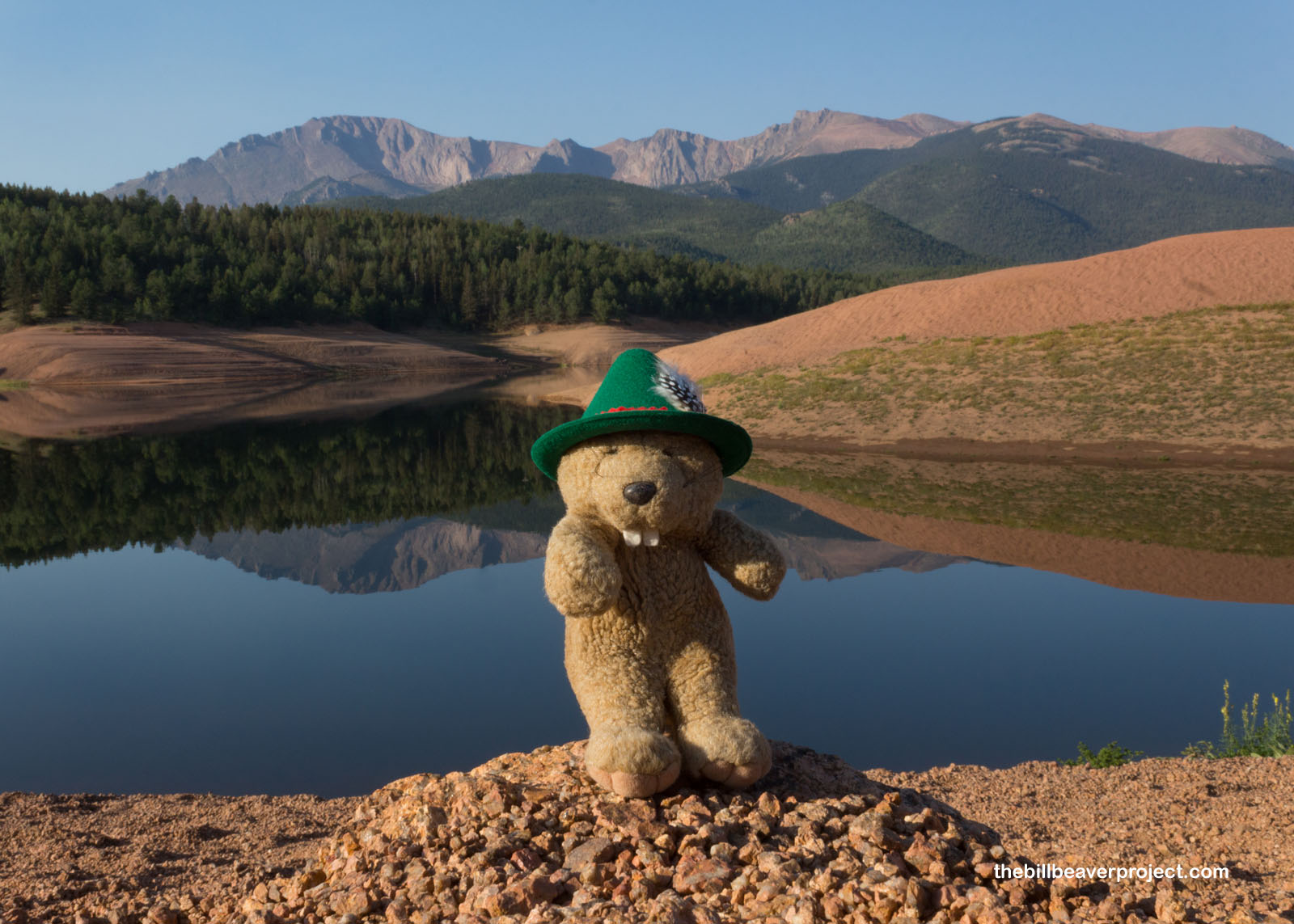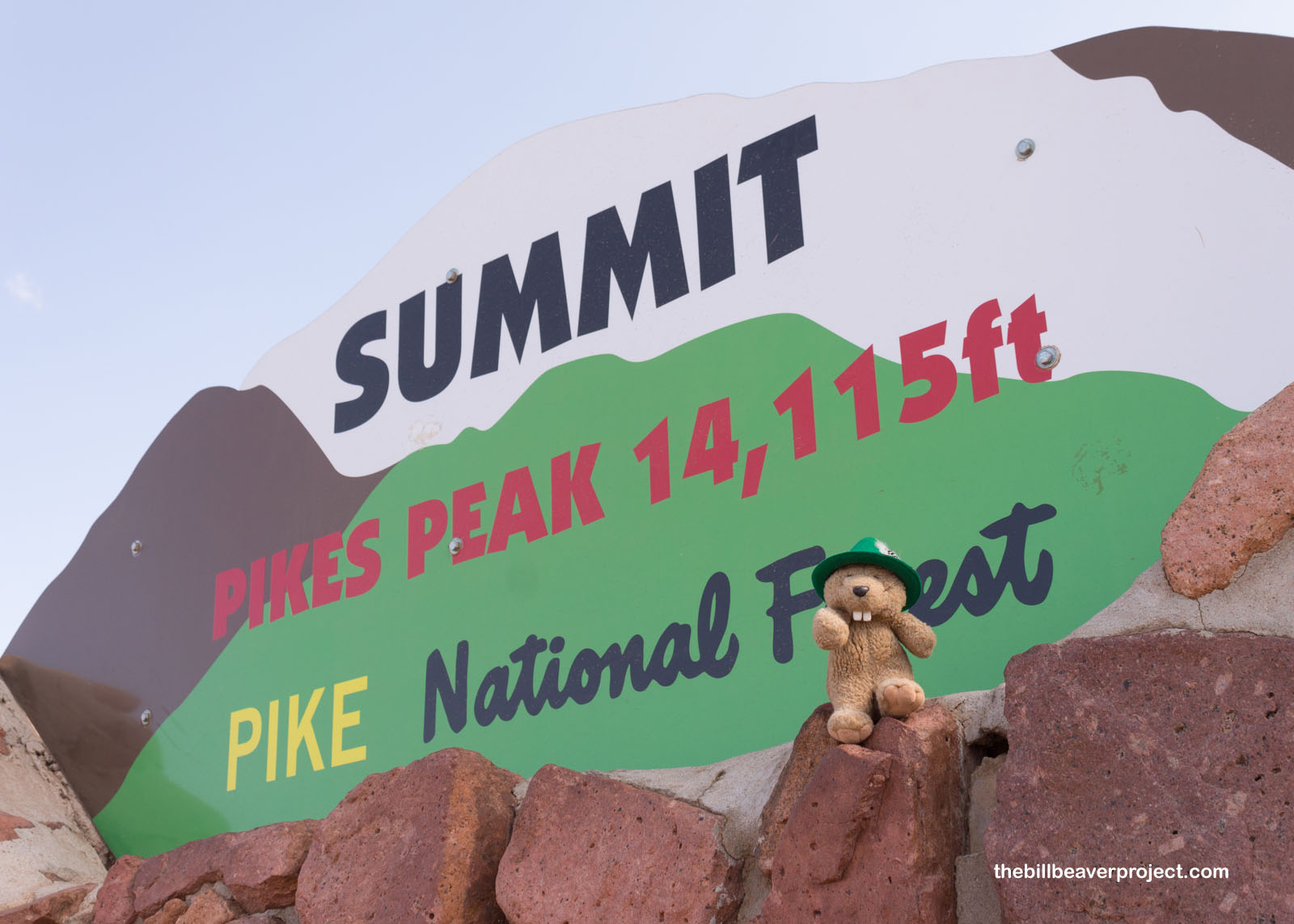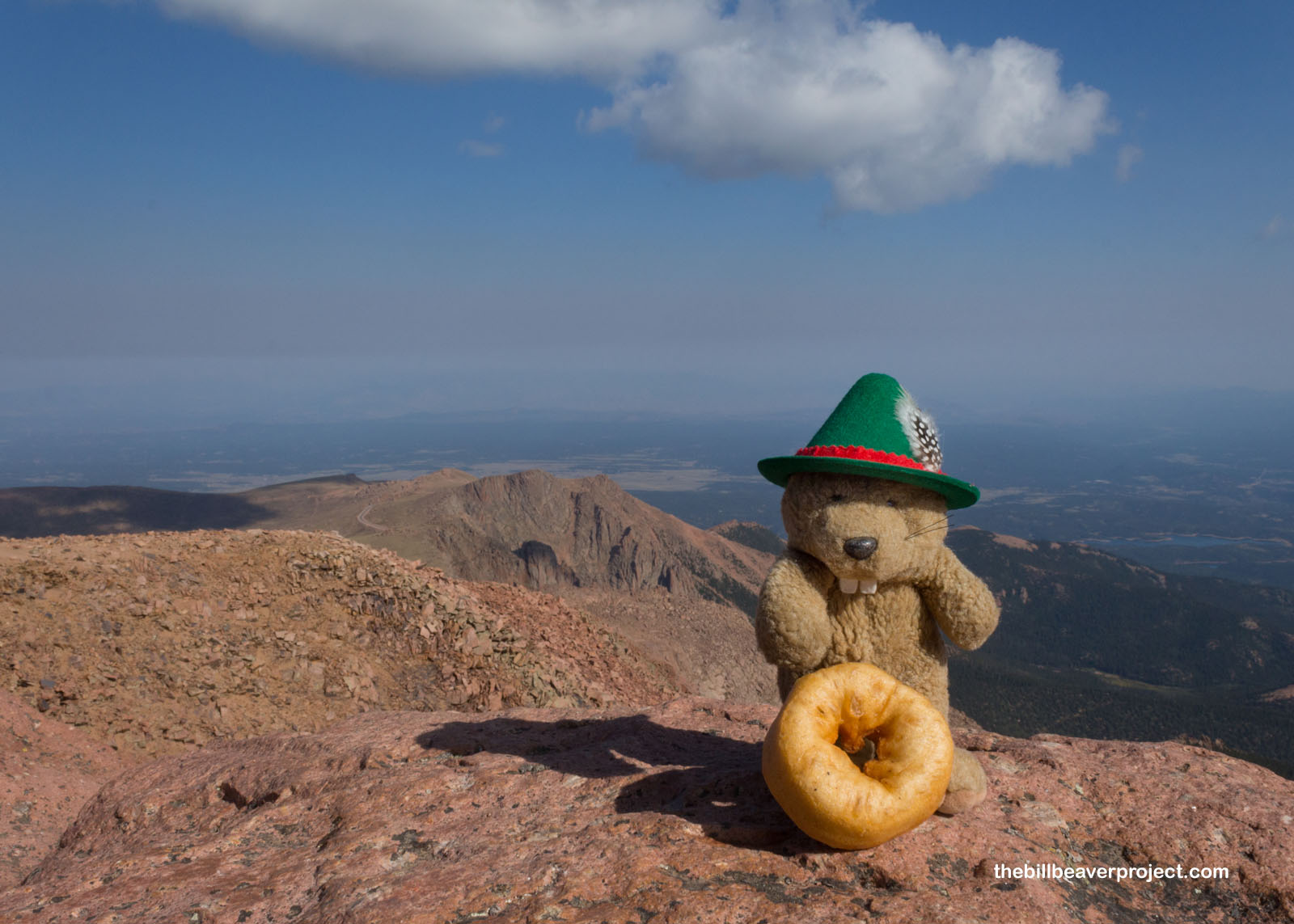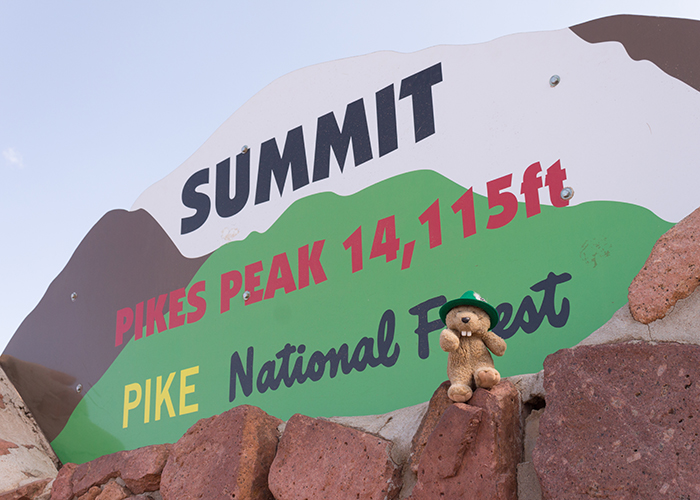| What makes it historical? |
Originally called Tava, or Sun Mountain, by the indigenous Ute people, the mountain that would first come to be called Pikes Peak was spotted in 1806 by Zebulon Pike, who was exploring the new US territory acquired during the Louisiana Purchase! Though he did not successfully summit the peak, he did inspire Dr. Edwin James to reach the top on July 14th, 1820!
In 1848, a group of Cherokee folks on their way to California discovered gold on the South Platte River, and after ten years as a close-held secret, William Russell, whose wife was Cherokee, spilled the beans! By July of 1858, Mr. Russell had confirmed “good diggings” near the modern suburb of Englewood, launching the Colorado Gold Rush! You’ll recognize the rush’s rallying cry of “Pikes Peak or Bust,” which is still reshaped and reused today!
After miners swarmed all over Pike’s Peak and left widespread damage in their wake, the focus shifted to restoration and tourism. This appeal got a big boost when Katherine Lee Bates included this purple mountain’s majesty in her poem turned song, America the Beautiful! Today, admiring visitors can easily get to the summit by road or rail and enjoy the special donuts at the top! Made in the highest fryer in the world, these donuts are especially fluffy thanks to the low oxygen levels at the summit! You’ll have to try one! |
| How can I Help the Helpers? |
HERE’S HOW:
- Pay the entrance fee to help maintain trails, signs, structures, and other visitor services!
- Volunteer with the US Forest Service!
- Become a member of Colorado Preservation, Inc!
- Be a responsible visitor! Please respect the signs and pathways, and treat all structures and artifacts with respect. They’ve endured a lot to survive into the present. They’ll need our help to make it into the future!
|
